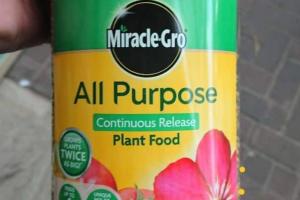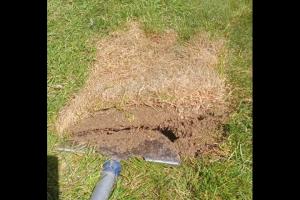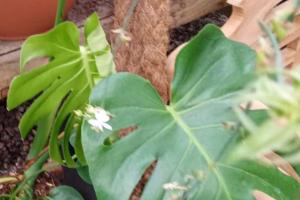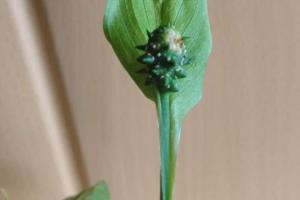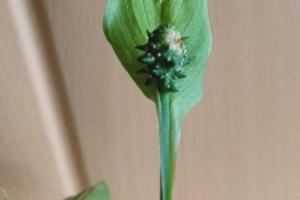7 Ways to Keep Your Aloe Plant Alive (Indoors)
5. When Repotting, Use a Pot that is Just Slightly Larger to Avoid Over Potting
Aloes do not need repotting too often and can tolerate pot bound roots for some time, but I have found best results repotting my aloe plants every 2-3 years to a pot that is proportionate to the size of the aloe plant.
I recommend using a pot that is only 1-2 inches in diameter larger then the aloes previous pot. If the aloe plant is potted in a much larger pot then the soil dries out much more slowly which increases the risk of root rot.
Just ensure that the pot has a drainage hole in the base and avoid placing the pot in a larger decorative outer pot as this prevents water from draining properly.
Always repot aloe plants in ‘succulent and cacti soil’ to prevent root rot.
6. Use a Special Succulent Fertilizer (Avoid Using Houseplant Fertilizer)
Aloe plants are relatively slow growing which is an adaptation to living in an environment without abundant resources other then sunlight. The aloe plants native soil is gritty and relatively low in nutrients.
Therefore I personally do not use any fertilizer on smaller aloe plants, particularly if they have recently been repotted. However larger more mature aloe plants require more nutrients and I have seen good results using a special succulent and cacti fertilizer.
A normal houseplant fertilizer is far too strong for aloe plants and can burn the roots, which is why a specialized product is necessary.
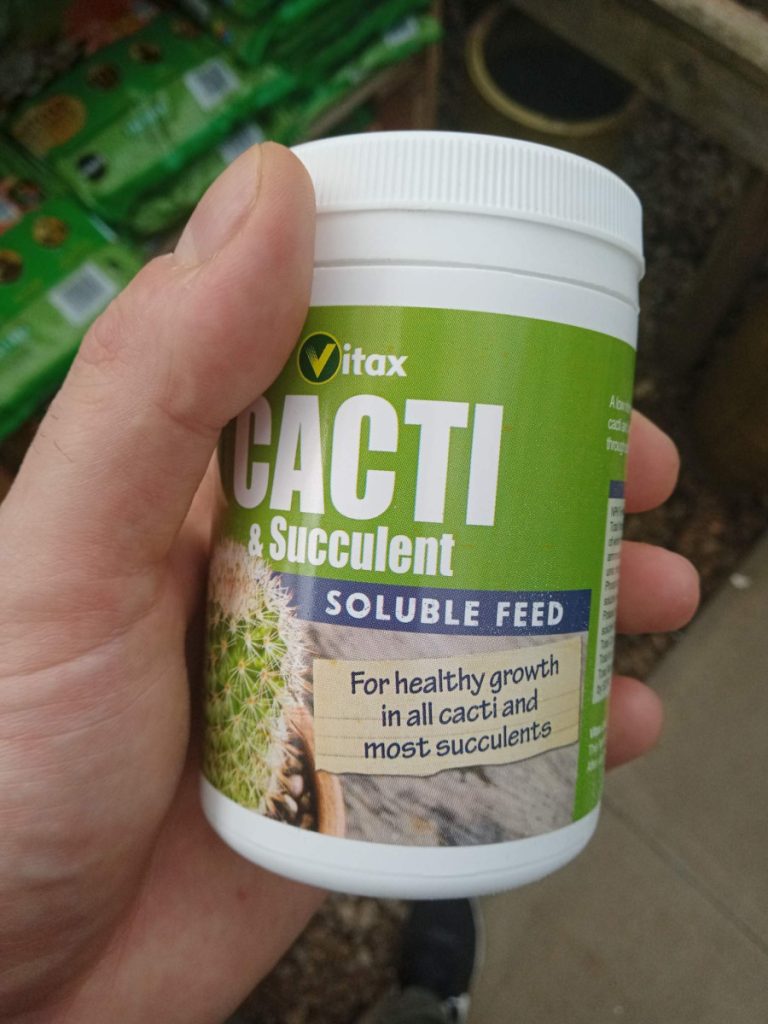
Succulents and cacti fertilizer contains all the nutrients, at the right concentration that the aloe needs to grow and potentially flower.
I apply a fertilizer once a month in the Spring and Summer to ensure a healthy plant.
7. Maintain a Temperature Range of Between 50°F and 75°F (10°C to 24°C)
Aloe plants are very comfortable at room temperature with the optimal range for growth being 60°F to 75°F (16°C to 24°C) during the day and between 50°F to 60°F (10°C to 16°C) at night.
Aloe plants are capable of surviving much higher temperatures, particularly during the day and in my experience tolerate a scorching hot day in the Summer sun without problems.
However it should be noted that if the temperature does go high for a long time then growth slows down considerable to conserve resources and moisture.
Aloe plants also prefer the temperature to decrease by around 10°F at night as this is the typical temperature fluctuation in their native environment. However I have personally grown aloes perfectly fine with indoor heating as the aloe has tolerated it well.
If the aloe gets too cold from being on a window sill in the Winter it may go slightly yellow or brown, in which case you may need to find a warmer location for your aloe plant.
(Read my article, how to revive a dying aloe vera plant).
Troubleshooting Aloe Plant Problems:
Aloe Plant Turning Brown or Yellow and Mushy?
Aloe plants turn brown or yellow and mushy due to overwatering and slow draining soils. Aloe plants do not tolerate damp soil as this results in root rot.
Aloe Plant Drooping?
If the aloe plant does not have enough light the leaves grow leggy, weaken and droop as they grow towards the strongest source of light. Aloe plants need at least 6 hours of direct sunlight to stay compact and prevent a drooping appearance.
Aloe Plant Turning Red?
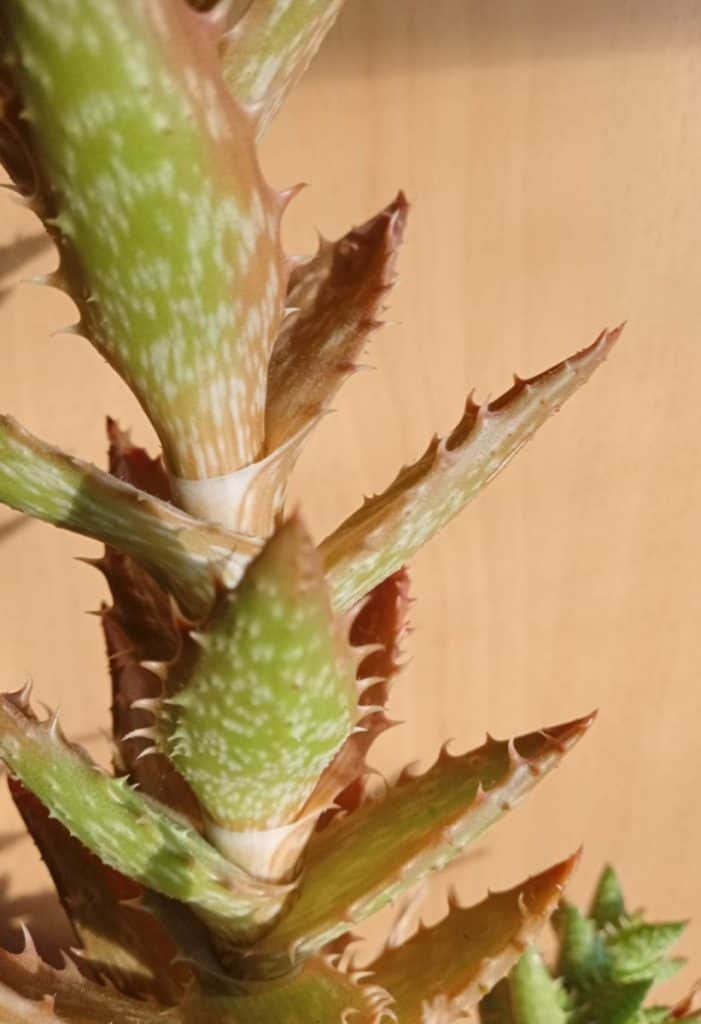
Aloe plants turn red due to the pigments anthocyanins and carotenoids which indicates the aloe is stressed usually because of a combination of excessively high temperatures and blazing sunshine.
Cold temperatures, underwatering and low fertility soil can also turn an aloe plant red.
I recommend moving red stressed aloes to a room with temperatures lower then 75°F (24°C) and provide it with some shade from afternoon sun. Ensure the aloe has been watered throughly and the aloe can often recover and turn green agaain.



